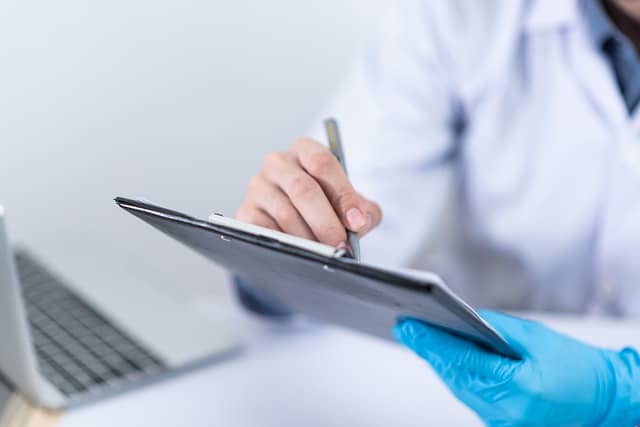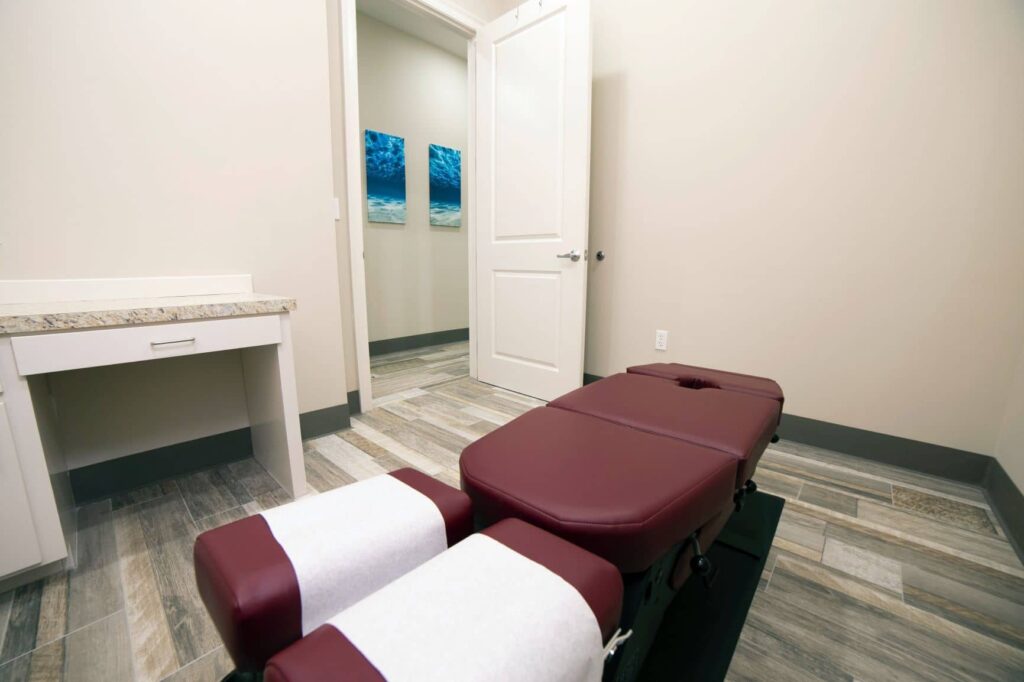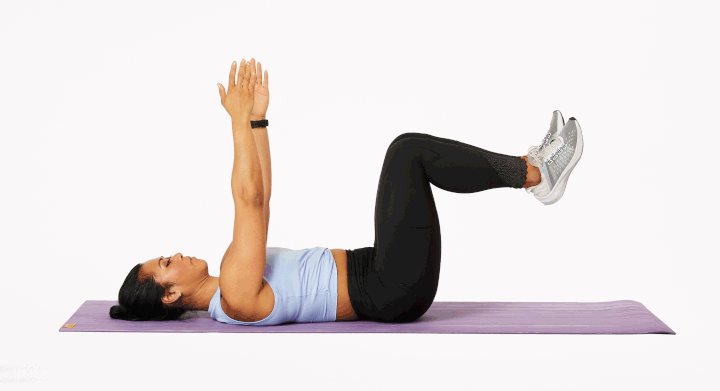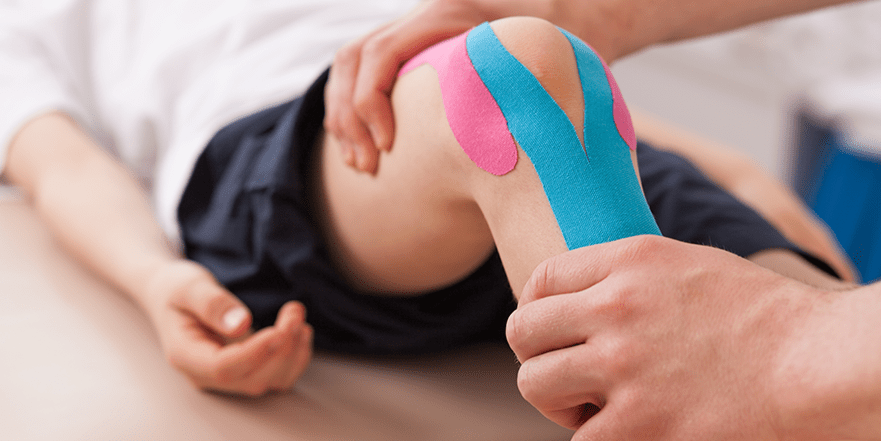Services
It's Time to get back to basics
Appointments can be booked under the corresponding treatment options found below.
New patient examinations are a critical part of your overall care. These examinations allow the clinicians to gather all the important information surrounding what is called your ‘Chief Complaint,’ or CC. Before your appointment, we have you fill out a health questionnaire that asks specific questions about your CC. This information helps clinicians form a working diagnosis before you even enter the office.
Upon your first visit, the clinician will take a comprehensive history, building on the information you provided in your intake form. After the history, orthopedic tests will be performed and the results are documented in your patient file. At that time, additional tests might be ordered if indicated. These tests could include advanced imaging such as, XRAY, CT or MRIs, or blood panels and/or urinalysis.
After all the information is collected, your clinician will give you a working diagnosis and a recommended care plan.
Chiropractic adjustments and mobilizations are focused, directional forces that are applied quickly to your vertebra or joint in order to help restore that joint’s ideal range of motion, referred to as ROM.
Full ROM in a joint is important because joints that become fixated or lack motion, are the joints that deteriorate at a quicker rate. Joint deterioration is commonly referred to as osteoarthritis or OA. Chiropractic care helps prolong your joint’s life by identifying the fixated joints and restoring proper ROM.
Motion is often what keeps our joints lubricated. By moving your spine, you allow your ‘juicy’ vertebral discs that are full of water and nutrients to act as a pump, helping your spine get the water and nutrients it needs to stay healthy.
Chiropractic manipulations can be a critical part of your recovery. The best results are seen in patients that combine chiropractic manipulations with the appropriate home exercise routine. By building a strong core, you can protect your bones and joints. This allows you to stay active throughout your life, and avoid injury.
The goal of rehabilitative exercise is to restore full function to any joint or soft tissue following an injury. You accomplish this by restoring your muscle’s strength, endurance, power and flexibility.
Back to Basics simplifies and breaks down different exercises in a fundamental way that makes them easy to approach and implement into your lifestyle. For the patients who think they are in too much pain to perform exercises, the great news is rehabilitative exercises were created just for you! We know there are going to be limitations in what you can and cannot do, so that is why we go back to the basics and start from square one. Each day you go to your limit, and over time, you will be amazed at how much progress you have made!
For many patients, rehabilitative exercise is their favorite part of the treatment. It puts the patient in the driver’s seat and helps give you the tools you need to build a strong foundation. This gives you the confidence you need to return to performing various physical activities and achieve “thoughtless, fearless, relaxed movement.”
YIKES! That looks like it hurts!?
IASTM might look like a torture device, but patients and athletes love it. IASTM is a process in which the clinician uses a set of hand held instruments to break down the scar tissue and fascial restrictions in soft tissues (muscles, ligaments, tendons, fascia and nerves).
When scar tissue forms, instead of having fibers follow a wavy, consistent pattern, the new fibers become tangled and inconsistent. The goal of IASTM is to create ‘micro traumas’ in specific areas to stimulate a local inflammatory response. The inflammatory response is how our bodies heal and it allows for the absorption of excessive scar tissue and the remodeling of the affected soft tissues.
IASTM is an essential tool for treating tendinopathies, sprain/strains, plantar fasciitis, tennis/golfers elbow, Achilles tendinosis, rotator cuff injuries, IT band syndrome and several other conditions.
Taping is a versatile treatment option that provides several benefits. Taping is commonly used to; provide support and protection from re-injury, reduce swelling and promote lymphatic drainage, provide cues to remind you of correct posture, and even correct biomechanics.
Conditions Treated
Neck and Low Back Pain
Headache and Migraine
Acute and Chronic Conditions
Shoulder, Elbow and Wrist
Knee, Ankle and Foot
Sciatica
Plantar Fasciitis
Tennis and Golfers Elbow
Enthesopathy Injuries
AND MORE!
